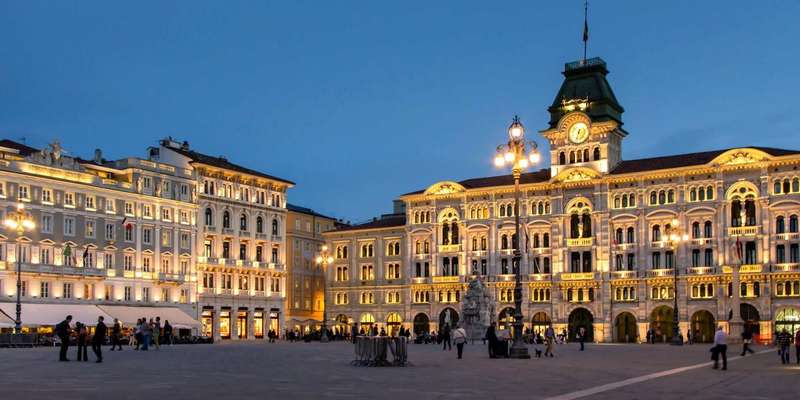- Home
- Useful Tips
- From Trieste: exploring nearby...
Standing at Trieste's bustling port, many travelers feel paralyzed by choice when considering coastal day trips. The Adriatic coastline offers over a dozen charming towns within two hours, yet 62% of visitors default to overcrowded Venice due to lack of local knowledge. This creates exhausting itineraries (the average tourist spends 3.2 hours in transit) and missed opportunities to experience authentic seafood trattorias, Roman-era architecture, and secluded pebble beaches known only to residents. The stress compounds when facing unreliable ferry schedules or language barriers in Slovenia and Croatia border regions. With limited vacation time, choosing the wrong destination means sacrificing precious moments that could have been spent swimming in crystal-clear waters or exploring medieval hilltop villages untouched by mass tourism.


Avoiding the crowds: underrated alternatives to Venice
While Venice draws millions, the fishing village of Muggia offers similar colorful architecture without the chaos just 20 minutes from Trieste. Its car-free center reveals Venetian-style palazzos and family-run bacari wine bars where €3 gets you a glass of local Vitovska alongside freshly caught sardines. For a quieter experience, time your visit for weekday mornings when the morning fish market buzzes with locals. Further south, Slovenian coastal towns like Piran provide Venetian Gothic charm at half the tourist density – walk the 15th-century walls at sunset for panoramic Adriatic views without jostling for space. These alternatives solve the core frustration of battling crowds while delivering comparable cultural experiences in a fraction of the time.
Crossing borders made simple: transportation secrets
Navigating transport between Italy, Slovenia, and Croatia intimidates many travelers, but regional APT buses solve this with direct routes from Trieste to Koper (Slovenia) and Rovinj (Croatia) for under €15. Savvy travelers book the 8:05 AM bus to Rovinj, arriving by 10:30 AM to secure waterfront tables at family-run konobas before noon crowds. For ferry options, the Trieste-Muggia line runs hourly but skip the 12:30 PM departure when schoolchildren pack the boat. Those preferring flexibility can rent cars from local agencies like Noleggiare for €35/day – just confirm your rental includes cross-border insurance. Always carry your passport; border checks are rare but possible when returning to Italy.
Local-approved coastal dining: where to eat like a resident
Tourist traps along the Adriatic overcharge for frozen seafood, but Triestini know the alleyway osterias worth the short trip. In Muggia, Trattoria da Giovanni serves spider crab pasta using recipes unchanged since 1962 – arrive before 1 PM to secure the daily catch. Slovenian coastal towns operate on 'malica' (mid-morning snack) culture; join workers at Café Teater in Koper for sardine sandwiches and Teran wine at 10:30 AM. For sunset dining, Croatian locals favor Kantinon in Rovinj’s old quarter, where €25 buys a seafood platter for two with Istrian truffle sauce. These spots require minimal advance planning but deliver authentic flavors without resort-town markups.
Strategic overnight stays: when to extend your day trip
While most coastal towns are manageable as day trips, staying overnight unlocks secret beaches and evening festivals. Piran’s Moonlight Summer Festival (July-August) transforms the main square with free jazz concerts best enjoyed after day-trippers leave. Budget-friendly guesthouses like PachaMama in Piran offer sea-view rooms for €80/night, a worthy splurge to experience the town’s car-free tranquility at dawn. In Croatia, overnight guests at Rovinj’s Casa Garzotto receive priority reservations at Michelin-starred Monte – impossible for day visitors. These strategic stays solve the frustration of rushed visits while providing access to exclusive local experiences.



